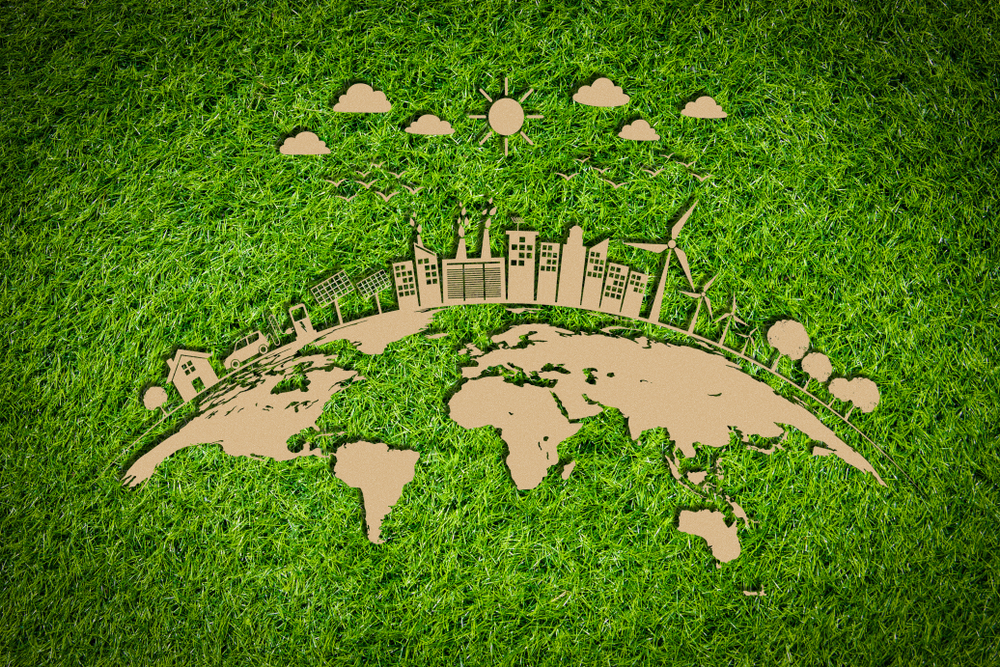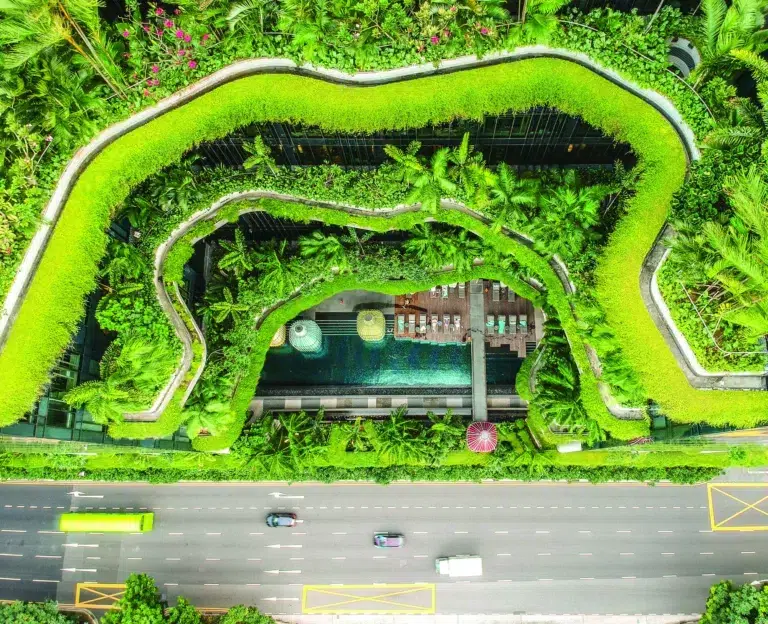Why sustainability should no longer be an afterthought in design
Sustainability now means resiliency and being able to evolve during a time of exponential change

“Design can define human progress.”
Tim Kobe, founder and chief executive officer of Eight Inc, highlighted this statement during his design keynote speech at the first virtual edition of the annual PropertyGuru Asia Real Estate Summit.
Since its inception, Eight Inc has been known to design meaningful human experiences that require much more than simply understanding human behavior. The experience masterplan encourages designers to be open to change, as well as users’ perspectives so you can clearly focus on what you want them to get out of the experience.
The human outcome
Designing begins with conceptualising the human outcome. To do this, Tim suggested asking yourself, “What are we doing to help make people’s lives better and to change their lives in a significant way?”
Take, for instance, the classic Apple iPod. When it was first introduced, Steve Jobs described it as “an amazing little device that holds a thousand songs that goes right in my pocket.”
Having worked with the co-founder of Apple himself when Eight Inc designed the first Apple Store concept, Tim clarified that Steve did not just celebrate a technological accomplishment, but also the human outcome since it improved users’ lives and it allowed them to have a greater connection with music.
“And this is the basis that we look at when we think of the human outcome first.”
As a designer, your end goal should be making a positive contribution to the user’ lives by designing buildings that enable them to live healthier, happier, more meaningful sustainable lifestyles.
Sustainability is equal to survivability
Sustainability nowadays means resiliency and being able to evolve during a time of exponential change. The problem with this is that change is something people have always been uncomfortable with and have always had trouble adapting to.
Yet, Tim believes that we live in an era of incredible opportunities.
Exponential change may outmatch our ability to respond, but this just means looking forward to what the future has in store and redefining the risks that you were used to in the past.
“In the past, when things changed slowly, making change was a risk. Today, as things progress rapidly, keeping the status quo is maybe one of the riskiest moves you can do,” advised he.
In Singapore, Eight Inc worked with Temasek on a new project that aims to define a new economy for the city-state within an experience, space, and architecture that encourages the creative economy. By embracing the creative economy, Singapore is opening up more opportunities for creators, allowing their minds to conceive new themes and trends, and enabling them to thrive, thus creating a sustainable economy.
As a result, the firm found that in the near term, Singapore has surpassed the US as one of the most competitive economies. “So creating this framework for the future can have an enormous impact both in terms of creating value not just for the company, but for a country or region,” noted Tim.
Committing to sustainability
We live in a time where developers, architects, and designers understand the importance of sustainability, but it takes courage to actually commit to it.
We are aware that 60 percent of carbon emissions come from building creation and operations so the real estate industry has a huge impact on the environment and our future, and it depends on us whether we take action on it.
More: Buildings under construction: The impact on the environment and on its workforce
The San Francisco government is one example that has taken a stand against climate change simply by introducing a new policy that benefits developers who promote sustainability. Essentially, they provided preferential treatment for project approvals to developments that meet sustainability standards. This cost the government virtually nothing, yet provided the developers with a competitive edge and a preferred position over the others.
This policy is just one of the many solutions that each country can implement to promote climate action. We already feel the impact of climate change on our world so sustainability shouldn’t just be an afterthought anymore. It should be a priority. And for this to happen, real estate leaders need to lead the change, with or without the support of the government.
“Sustainability needs a champion. Architects and designers have to play a role. And so do developers,” implored Tim.
Gynen Kyra Toriano, Digital Content Manager at PropertyGuru, wrote this article. For more information, email: [email protected].
Recommended
6 green real estate projects reshaping Asia’s future
Developers are being incentivised to push a green agenda into daring new realms
ARES White Paper Volume 3: The era of adaptive reinvention
Pioneering sustainable and innovative practices in urban development
ARES White Paper Volume 2: Unravelling the power of data revolution in real estate
Insights on proptech, smart cities, and sustainable development
ARES Digital White Paper Volume 1: The fundamentals of responsible building
Green and climate heroes join forces to discuss how Asia Pacific can weather the current environmental crises and the looming effects of climate change






